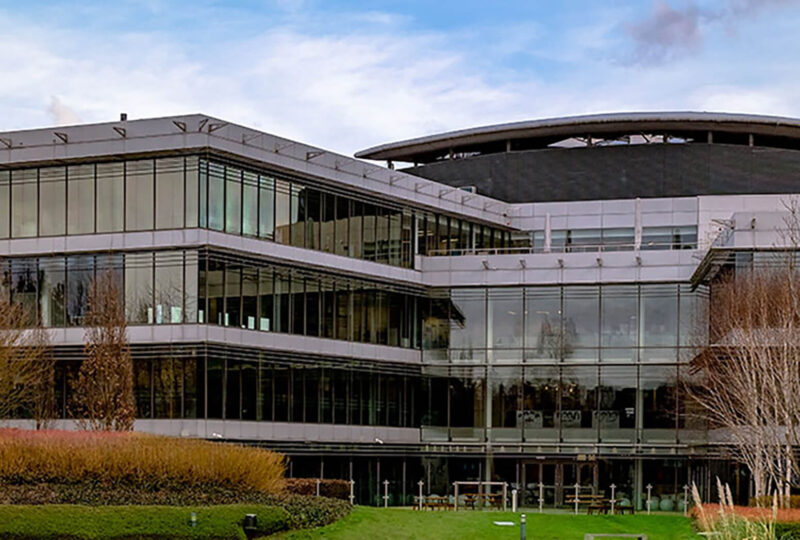Insights
Improving bacterial sepsis patient outcomes with transformative diagnostics

Sepsis patients face agonising and traumatic treatment due to the severe nature of their condition. In addition, an astounding number of secondary complications occur due to infections, including both physical conditions, such as kidney damage and kidney failure, and psychological conditions, such as PTSD. The health impacts of sepsis can therefore be extremely long-lasting and widespread for the patient.
Historically we have relied heavily upon antibiotics to treat bacterial sepsis. However, due to widespread and growing antibiotic resistance, and long wait times for test results, treatments are determined in the absence of information on the pathogen affecting the patient. By the time the bacterial test results are returned from the lab 1 in 3 deaths from sepsis have already occurred.
Not only is patient health being put at greater risk due to this lengthy diagnostic process, but it is potentially exacerbating the already dangerous emergence of antimicrobial resistance among pathogenic bacteria.
Our solution
Our IVD device delivers rapid and data-driven diagnostics, designed with AMR in mind. Using advanced DNA sequencing techniques and novel machine learning methods, our device correctly identifies the bacteria behind the infection in hours, not days. The result is that clinicians are enabled to treat sepsis patients earlier and more effectively than today.
Our technology goes far beyond simple identification: it’s a fundamentally new and different approach to diagnostics which could replace blood culturing. The next generation diagnostic device provides bacterial detection, and through our machine learning platform, delivers species identification, AMR profiling and a bioinformatics analysis of the pathogen. This means clinicians can map the right antibiotics to the right patient, quickly and affordably.
Our system is not culture based, and does not require viable bacteria. It can also detect when bacteria are not present in the patient’s blood – preventing unnecessary and harmful antibiotic use.
Transforming the patient journey
We can speed up the patient journey, arriving at the right antibiotics much easier in days rather than hours.
- Bacterial Detection improved from 2 days -> 2 hours
- Bacterial ID improved from 2-3 days -> 3 hours
- AMR profile improved from 3-5 days -> 5 hours
This means patients can be treated with the most appropriate course of antibiotics sooner. It means the time they spend waiting and suffering is minimised, and they can avoid unnecessary rounds of antibiotics, each of which can put their organs under additional strain and kill off beneficial bacteria.
Most importantly, giving clinicians the information they need to treat patients quickly and effectively means the patient’s chance of survival is higher at the time of treatment. This leads to fewer unnecessary deaths from bacterial sepsis and prevents actions that could potentially accelerate the bacterial antimicrobial resistance (AMR) crisis.
Transformative diagnostics for everyone, everywhere
We want to create a world where nobody dies needlessly from a treatable infection. This means, everyone needs the opportunity to access transformative technology.
That’s why our solution is highly accessible, cost-effective and can be used with little training, making it very scalable.
In partnership with medical professionals and organisations across the world, we can save more lives globally and safeguard antibiotics for future populations and our collective health.




